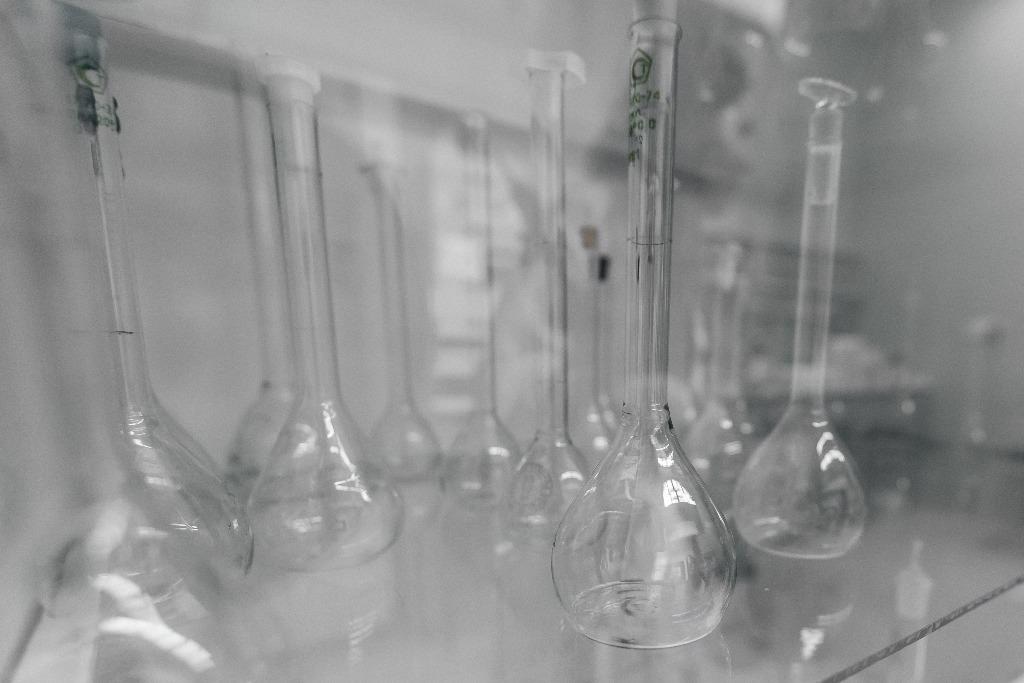Mar 22 2021
Scientists from Tomsk Polytechnic University (TPU) together with their collaborators from the Czech Republic have discovered a new technique to synthesize cyclic carbonates from atmospheric CO2.

Image Credit: TOMSK Polytechnic University.
Cyclic carbonates are organic compounds that find use as electrolytes for lithium-ion batteries, as green solvents and in pharmaceutical drug manufacturing. While the researchers could produce carbonates with the help of sunlight and at room temperature, traditional techniques often necessitate synthesis under high temperatures and pressure.
The study results were published in the Journal of Materials Chemistry A.
The increase in CO2 levels in the atmosphere is a global environmental problem. The solutions of the problem are usually focused on measures to reduce CO2 emissions. An alternative method is to use the CO2 already existing in the atmosphere for useful chemical transformations.
Olga Guselnikova, Study Author and Research Fellow, Research School of Chemistry and Applied Biomedical Sciences, Tomsk Polytechnic University
“Thus, we offered a new method allowing to obtain widely sought-after cyclic carbonates under sunlight. Most often, such reactions are carried out at high temperatures ranging from 60 °С to 150 °С and high CO2 pressure up to 25 atm. It means the technological chain requires additional equipment for CO2 compression and heating. In other words, it is impossible to simply extract it from the air,” added Guselnikova.
Through the experiments, the researchers produced cyclic carbonates from the interaction of epoxides and CO2, which are utilized as starting materials.
“To begin with, we had to capture CO2. In order to do that, we used gold nanoparticles grafted with organic nucleobases. They served as traps for CO2 molecules and, at the same time, remained non-reactive with other substances. The experiments showed that these traps efficiently captured CO2 from the air. We mixed the suspension from the nanoparticles and captured CO2 with epoxides,” Pavel Postnikov, Associate Professor of the TPU Research School of Chemistry and Applied Biomedical Sciences.
Subsequently, the mixture was irradiated by using infrared light.
The gold nanoparticles possess a plasmonic effect. It means the incident light excites plasmonic quasiparticles next to gold nanoparticles and the plasmonic quasiparticles trigger the reaction. They convert light energy into the energy required for the chemical reaction. These properties allowed conducting the reaction under ambient conditions.
Olga Guselnikova, Study Author and Research Fellow, Research School of Chemistry and Applied Biomedical Sciences, TOMSK Polytechnic University
“By the way, the matter of plasmonic chemistry mechanisms, how plasmons actually trigger chemical processes and how it works is a trending scientific topic. A number of our previous articles relate to this field of research. Control experiments allowed us to suggest that plasmon excitation on particles leads to the transfer of energy to the captured CO2 molecule without heating,” Guselnikova explained.
The researchers explained that although the synthesis process is comparable to similar techniques, it does not need special technologically advanced equipment.
The entire process takes about 24 hours, while regular indicators for other methods vary from 12 to 24 hours. We started from small volumes and received a few milliliters of cyclic carbonates. However, we explicated in the article that the method can be scaled up at least fivefold and nanoparticles themselves can be reused with the same efficiency.
Pavel Postnikov, Associate Professor, Research School of Chemistry and Applied Biomedical Sciences, TOMSK Polytechnic University
“At the same time, the catalytic indicators of our plasmonic system are among the highest recorded ones for the reaction. The most important is to demonstrate an opportunity to conduct the reaction directly with the air without prior purification or CO2 concentration under ambient conditions and sunlight. Ultimately, it always makes the synthesis more simple and eco-friendly,” added Postnikov.
The study was performed collaboratively with researchers from the University of Chemistry and Technology, Prague, and Jan Evangelista Purkyne University (the Czech Republic) with the help of the Russian Science Foundation.
Journal Reference:
Guselnikova, O., et al. (2021) A breath of fresh air for atmospheric CO2 utilization: a plasmon-assisted preparation of cyclic carbonate at ambient conditions. Journal of Materials Chemistry A. doi.org/10.1039/D0TA12530J.